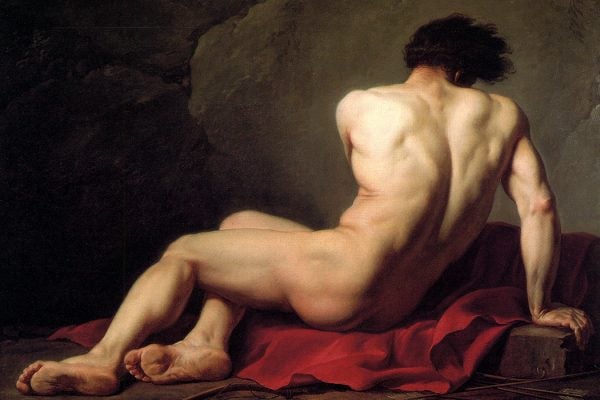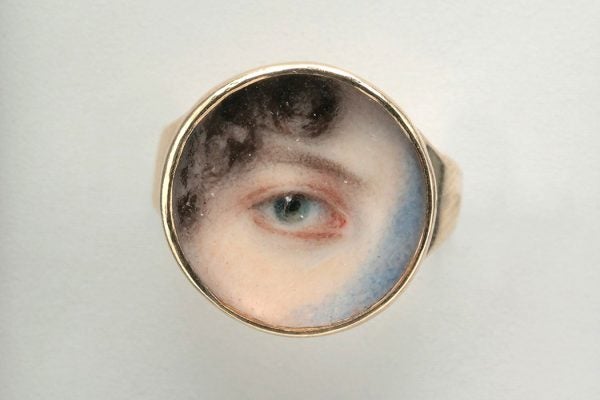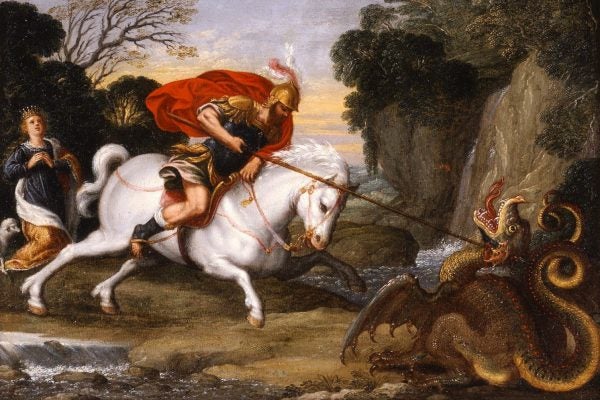The Wellcome Collection—Perfect Medicine for the Incurably Curious
Pharmacy genius, Henry Solomon Wellcome amassed a lot of knowledge—and amazing tchotchkes too.
How Black Artists Fought Exclusion in Museums
When the Metropolitan Museum of Art excluded artworks from a major exhibition all about Harlem, Black artists protested the erasure.
Fake Stone and the Georgian Ladies Who Made It
Coade stone was all the rage in late eighteenth-century architecture, and a mother-and-daughter team was behind it all.
Who Were the Male Models in French History Paintings?
Before the French Revolution, professional models were salaried professionals. That would all change in the nineteenth century.
Martin Luther’s Monsters
Prodigies, or monsters, were opaque and flexible symbols that signaled that God was sending some message.
Deep Mapping with Tim Robinson
By walking his way around an island off the coast of Ireland, the late artist broke with cartography's origins in marking ownership and conquest.
Why Modern Women Got All Colonial in the 1920s
Flappers stole the headlines for their hemlines and wild ways. But were some of them stitching samplers in the meantime?
18th-Century Lovers Exchanged Portraits of Their Eyes
The miniature paintings celebrated and commemorated love at a time when public expressions of affection were uncouth.
How the Rothko Chapel Creates Spiritual Space
Fourteen colossal black paintings by the modern artist Mark Rothko are installed in an octagonal room in Texas. Visitors say the chapel brings them peace.
How Saint George’s Dragon Got Its Wings
As time went on, the dragons in Russian iconography slowly became more Western in style—just like Russia itself.









